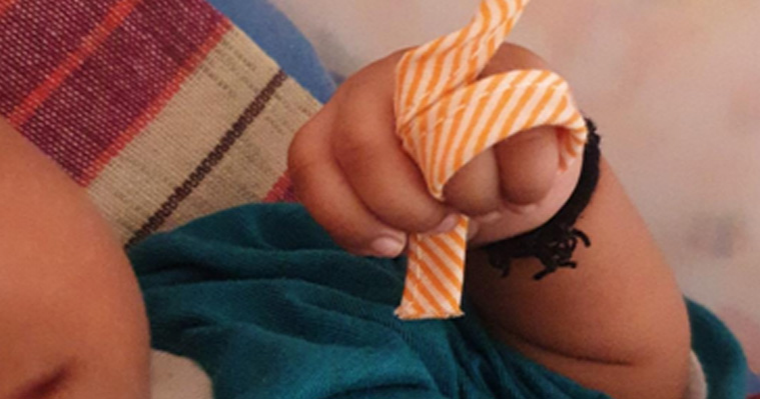Breastfeeding right after birth is the most natural course of events for a mother and baby. Like all newborn mammals, human babies naturally seek breastfeeding immediately after birth. They are born with an innate intuition to do so; set a naked baby on her mother's abdomen and, slowly but surely, she will crawl toward her mother's areola, latch on and suckle on her own.
This is called breast crawl, or self-attachment, and there are numerous benefits: Newborns who breast crawl have been found to have better body temperatures, cry less and transition more easily to life outside the womb. Their blood sugar levels were better 90 minutes after birth, and they established good attachment and suckling patterns. For the mother, breast crawl prompts a surge of the hormone oxytocin, which helps her body expel the placenta, decrease bleeding and, along with the skin-to-skin contact, facilitate bonding.
Even if breast crawl isn't possible or right for you, there are still benefits to breastfeeding right after birth. A mother's body and breast milk help shape the baby's microbiome, that is, the antibodies and natural colonies of healthy microbes mothers have developed as a defense against the germs in her immediate environment. This is crucial interaction; the womb is a sterile environment, and babies' immune systems get primed only upon exposure to germs during and after birth. Babies separated from their mothers for even a single formula feed instead of breastfeeding immediately after birth, pick up the microbes from health care workers' skin and the hospital environment – but don't get the crucial antibodies needed to fight them and stay healthy.
Click here
for a printable plan for breastfeeding right after birth.
These babies also have a less acidic gut and gaps in their immature gut lining that allow bad bacteria to thrive, raising the risk of infection and allergies. (Colostrum, that is, breast milk specific to the first 24 to 48 hours of a baby's life, lowers gut pH and coats the immature gut lining, creating a barrier to germs.) Studies show it may take as long as 4 to 6 weeks for breastfeeding to counteract these effects.
Unfortunately, what is supposed to be natural for people isn't always natural for hospitals. It is not uncommon for medical teams to separate babies from their mothers post-birth and obstruct breastfeeding right after birth for many well-meant but misguided reasons: the mother is 'too tired,' has no obvious milk or is recovering from a Caesarean; the baby has difficulty latching or is 'too big.' Sometimes, the baby is whisked away and fed formula to 'maintain his or her blood sugar' even before breastfeeding can be attempted.
So, go in with a plan. Just like you plan the experience of childbirth – the fastest route to the hospital, the type of delivery, etc. – plan your first breastfeeding experience in a way right for you and your baby. In addition to the health benefits, it will set the stage for long-term success at breastfeeding, allowing any issues to be addressed from the start.
This printable template can guide you in developing your breastfeeding plan. Consider your options, then share and discuss the form with family member as well as your health care team. Initially, it may be challenging to get the latter on board with your plan, but keep at it. Prospective parents armed with the right knowledge and options can change practices around breastfeeding after delivery and ensure a healthier start to life for the next generation.




















